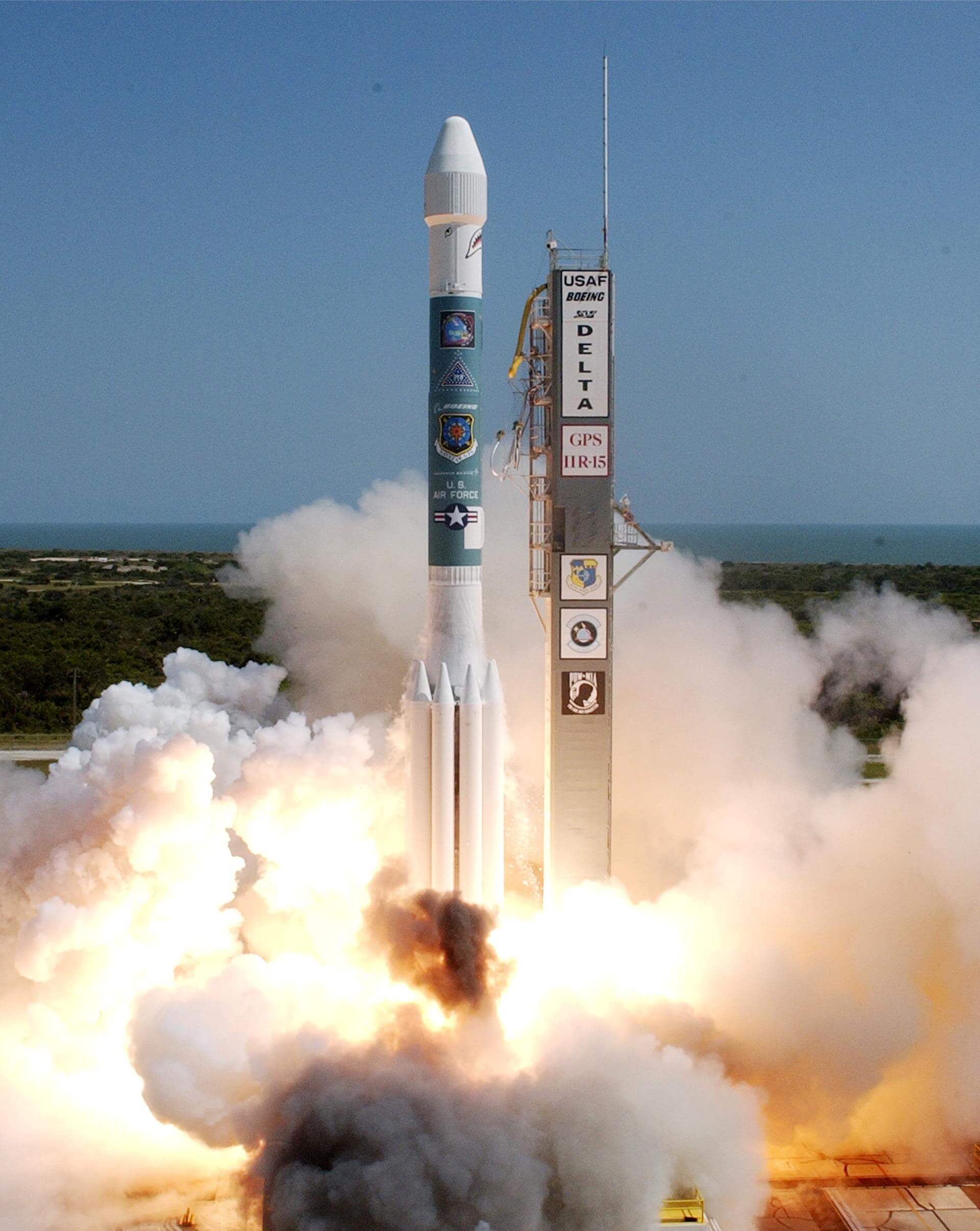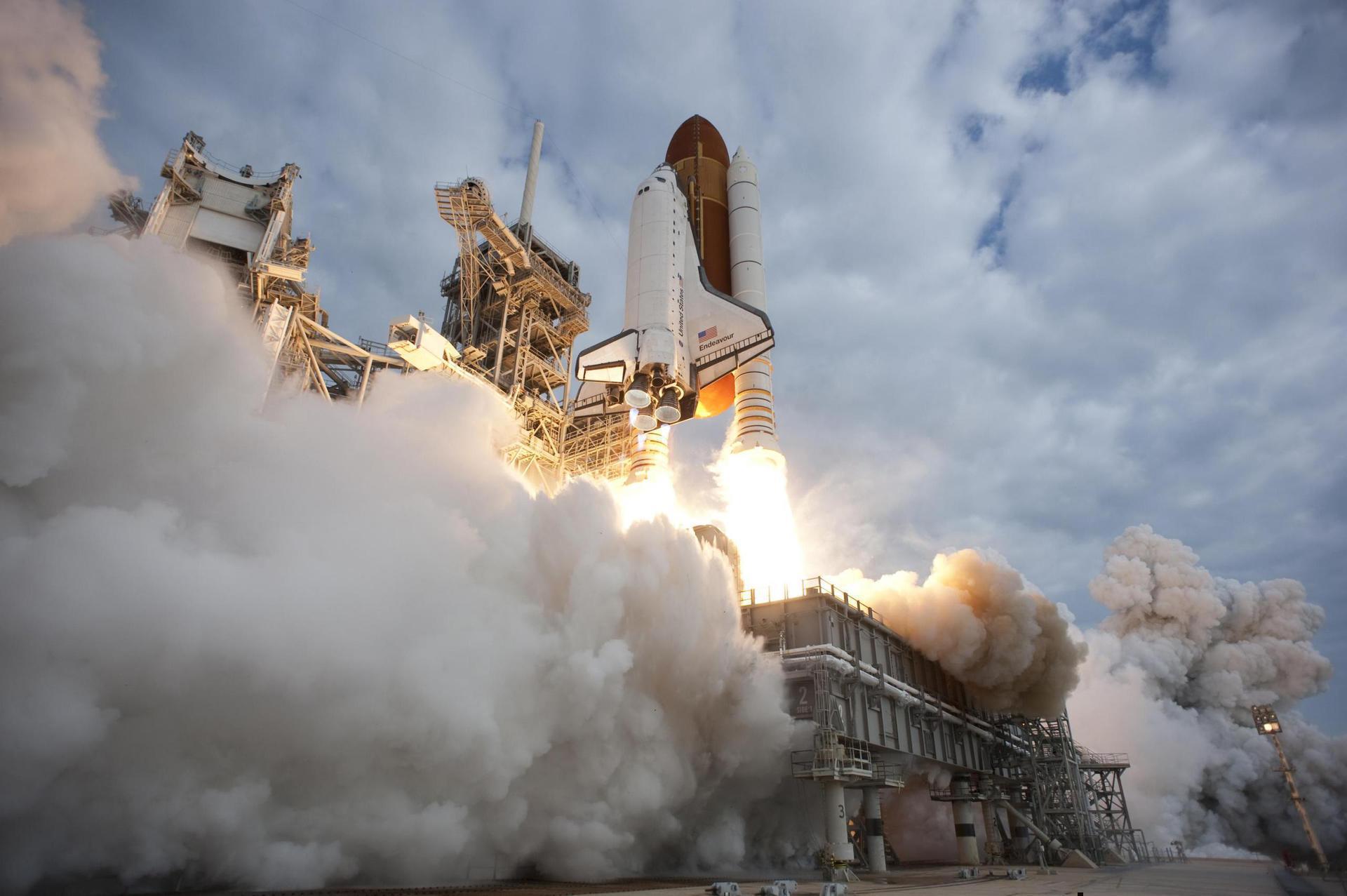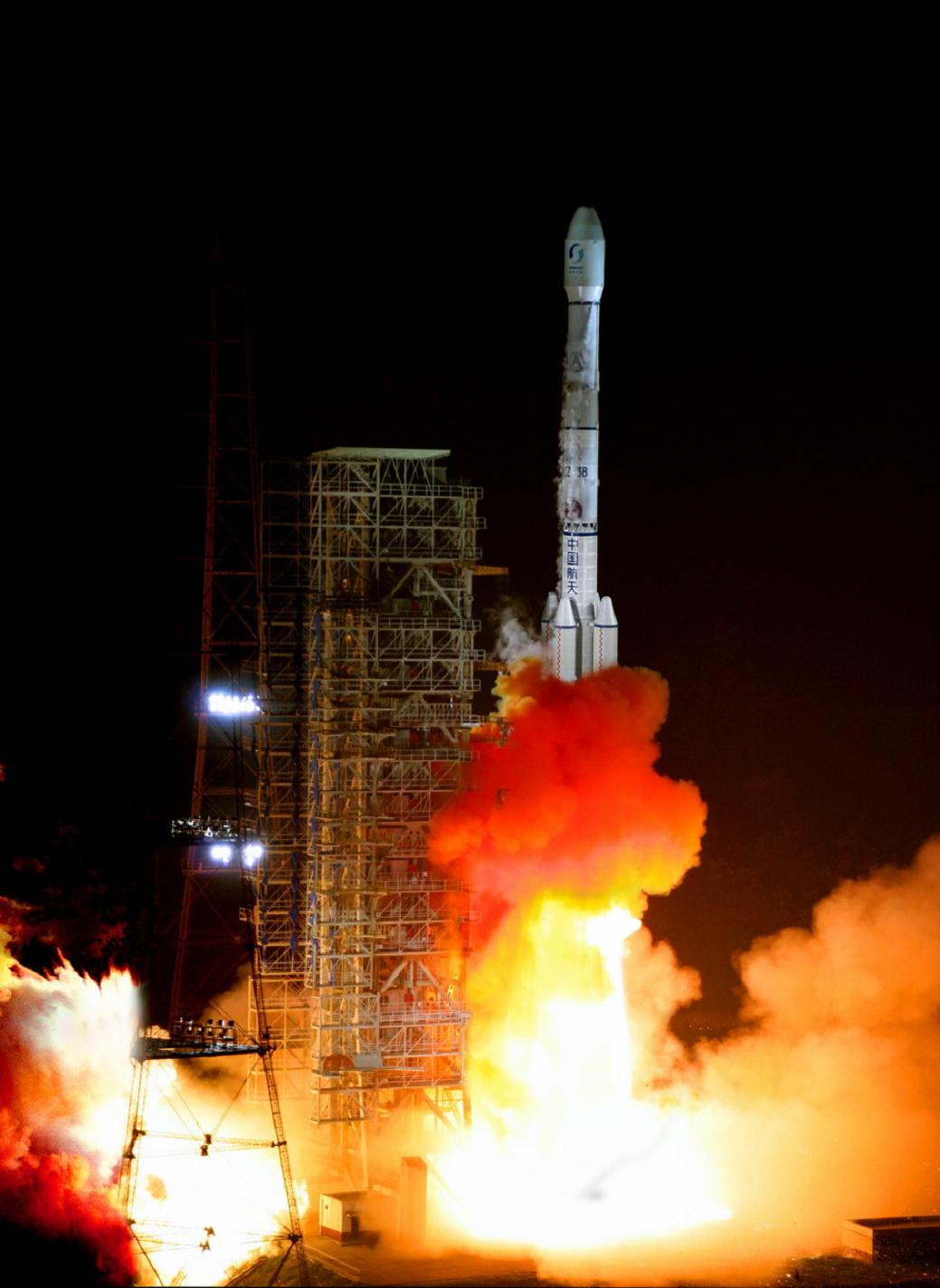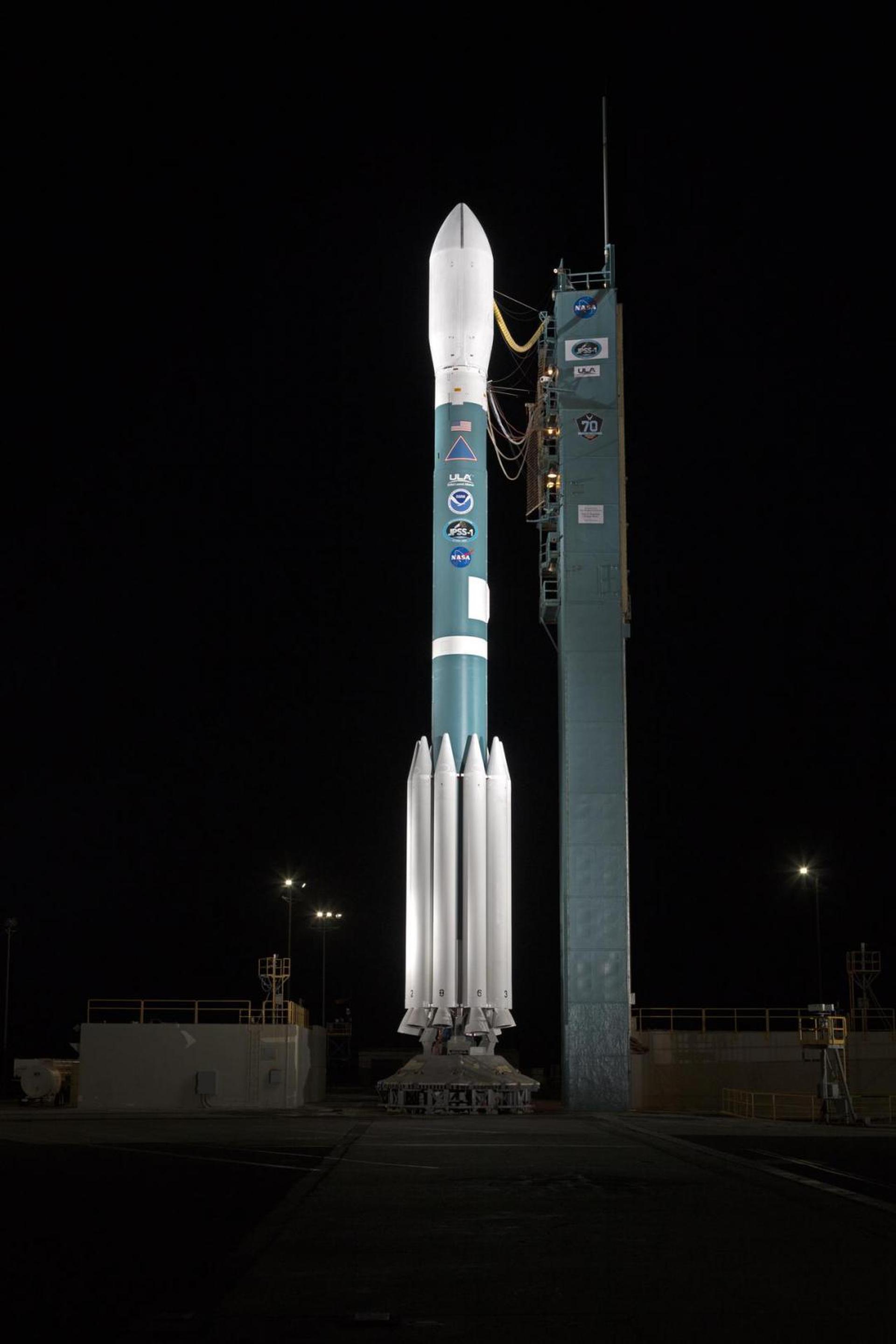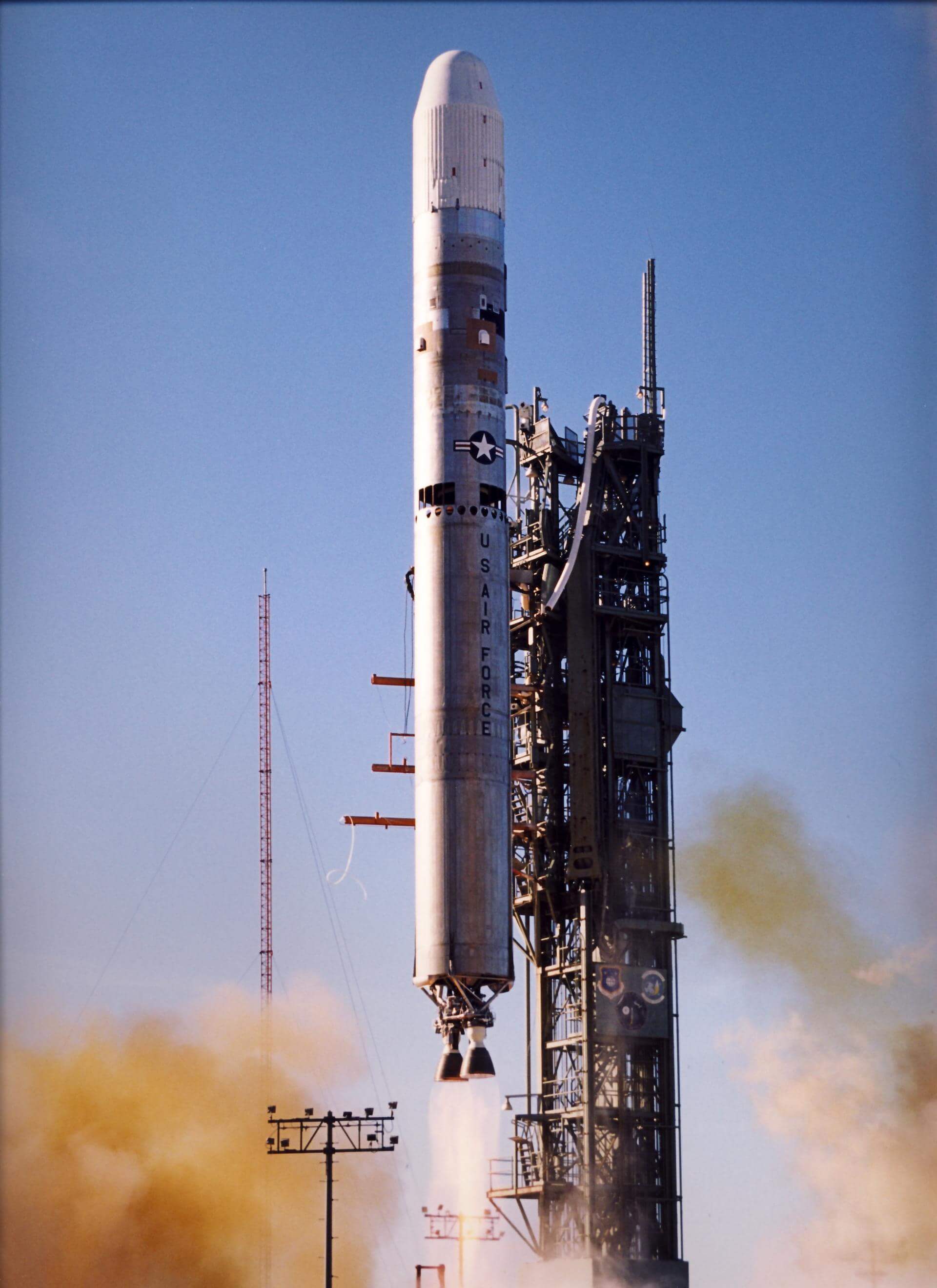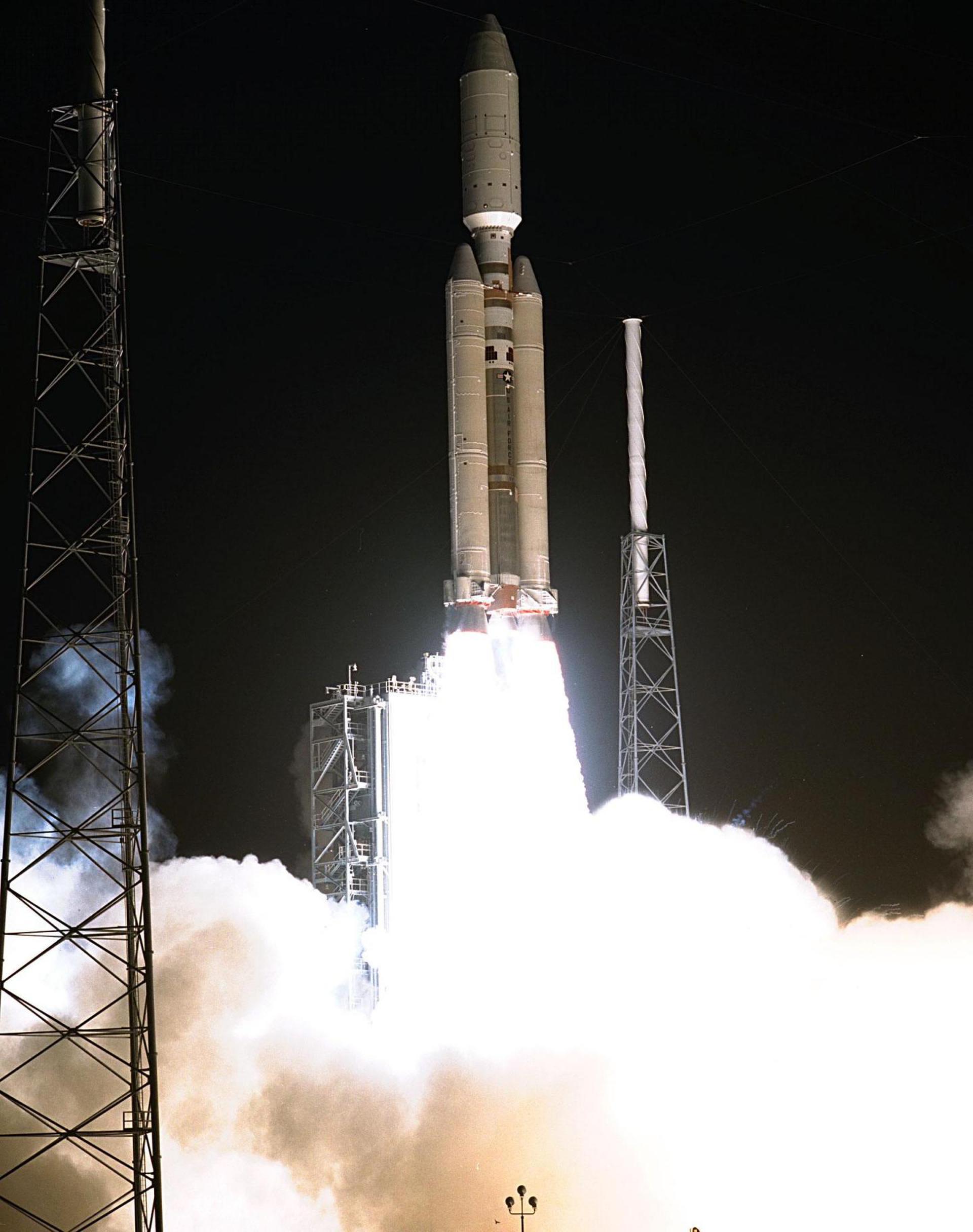Previous Spaceflight Launches
Filter by Agency, Locations or Vehicles
Show All LaunchesSoyuz-U-PVB | Yantar-4K2 78
Progress Rocket Space Center | RussiaPlesetsk Cosmodrome, Russian Federation
June 24, 1998, 6:29 p.m.
Atlas IIAS | INTELSAT 805
Lockheed Martin | United States of AmericaCape Canaveral, FL, USA
June 18, 1998, 10:48 p.m.
Status: Launch Successful
Mission:
The Intelsat VIII-VIII/A series has been designed to meet the needs of Intelsat users throughout the system for improved C-band coverage and service. These spacecraft will incorporate six-fold C-band frequency reuse, two-fold frequency reuse of expanded C-band capacity, and the highest C-band power level ever for an Intelsat satellite. Consequently, Intelsat VIII will provide significantly more C-band capacity for public switched telephony and Intelsat Business Service, better quality for video services, and encourage new international VSAT applications.
Geostationary OrbitTsiklon-3 | Strela-3 119 to 124
Yuzhnoye Design Bureau | UkrainePlesetsk Cosmodrome, Russian Federation
June 15, 1998, 10:58 p.m.
Delta II | Thor III
United Launch Alliance | United States of AmericaCape Canaveral, FL, USA
June 10, 1998, 12:35 a.m.
Status: Launch Successful
Mission:
In November 1995, Hughes was awarded the contract for Thor 2, a high-powered version of Hughes' spin-stabilized HS-376 model. Thor 2 was successfully launched in May 1997. That same month, Telenor announced the award of a follow-on contract to Hughes for a second high-powered HS-376HP satellite, Thor 3, which was successfully launched in June 1998.
Geostationary OrbitSpace Shuttle Discovery / OV-103 | STS-91
National Aeronautics and Space Administration | United States of AmericaKennedy Space Center, FL, USA
June 2, 1998, 10:06 p.m.
Long March 3B | Zhongwei 1
China Aerospace Science and Technology Corporation | ChinaXichang Satellite Launch Center, People's Republic of China
May 30, 1998, 10 a.m.
Status: Launch Successful
Mission:
The Zhongwei 1 (Chinastar 1) satellite, an A2100A class comsat built by Lockheed Martin for the China Orient Telecommunications Satellite Co., part of the Chinese telecoms ministry. Zhongwei 1 will serve China, India, Korea and southeast Asia with 18 C-band and 20 Ku-band transponders. It was orbited on a CZ-3B launch vehicle using a supersynchronous transfer orbit.
Geostationary OrbitDelta II | Iridium 70, 72 to 75
United Launch Alliance | United States of AmericaVandenberg SFB, CA, USA
May 17, 1998, 9:16 p.m.
Status: Launch Successful
Mission:
Iridium provides global mobile telecommunications services using a constellation of 66 low earth orbit satellites in a 86.4° inclined orbit. Although 77 satellites were originally envisioned for the system and spawned the name based on the 77th element in the periodic table, the system has been scaled back. Motorola's Satellite Communications Group designed and manufactured the Iridium satellites with Lockheed Martin providing the LM-700A spacecraft buses.
Low Earth OrbitSoyuz U | Progress M-39
Russian Federal Space Agency (ROSCOSMOS) | RussiaBaikonur Cosmodrome, Republic of Kazakhstan
May 14, 1998, 10:12 p.m.
Titan II SLV | NOAA 15
Lockheed Martin | United States of AmericaVandenberg SFB, CA, USA
May 13, 1998, 3:52 p.m.
Status: Launch Successful
Mission:
The NOAA K, L and M POES satellites begin the fifth generation of improved environmental monitoring in support of NOAA missions. The instrument payload has significant improvements and additions/deletions. The instrument changes have effected the spacecraft subsystems and data formats.
Sun-Synchronous OrbitTitan IVB | NROL-6
Lockheed Martin | United States of AmericaCape Canaveral, FL, USA
May 9, 1998, 1:38 a.m.
Status: Launch Successful
Mission:
The Orion 3 and 4 (RIO 3, 4) satellites, which are generally known as 'Advanced Orion' or 'Mentor', are geostationary signals intelligence satellites, which replaced the Magnum / Orion series. Their purpose is to intercept missile telemetry from Russia and China and the COMINT capability of the Mercury satellites was merged into this series. These satellites are launched under the designation Program 7600.
Geostationary Orbit
